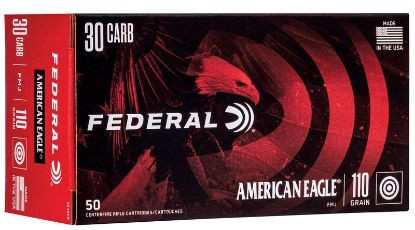The Legacy of .30 Carbine Ammo: A Lightweight Military Round with Enduring Appeal
The .30 Carbine cartridge has a unique place in American firearms history. Developed in the early 1940s, this round was created to serve a specific need during World War II: a lightweight, low-recoil cartridge that could offer more range and stopping power than a pistol, but less bulk than a standard infantry rifle. The result was the .30 Carbine 110 grain full metal jacket (FMJ) round, purpose-built for the newly designed M1 Carbine rifle.
Originally engineered by Winchester, the cartridge was finalized in 1941 and quickly adopted by the U.S. military. With a typical muzzle velocity around 1,990 feet per second, the .30 Carbine provided solid performance in a compact package, making it ideal for paratroopers, vehicle crews, and support personnel. Its manageable recoil and reliable cycling made it a favorite among troops in both World War II and the Korean War.
After its military service, the .30 Carbine ammo found a second life in the civilian market. The surplus M1 Carbines became widely available, and with them came steady demand for the cartridge. Ammunition manufacturers such as Federal, Hornady, and Winchester have continued to produce modern loads that offer clean-burning powder, brass cases, and consistent accuracy — features today’s shooters expect for target practice, plinking, and home defense.
What sets the .30 Carbine apart is its combination of historical significance and continued usefulness. While it may not be as powerful as modern rifle cartridges, it remains a top choice for collectors, recreational shooters, and anyone who appreciates American-made, classic military ammo.



